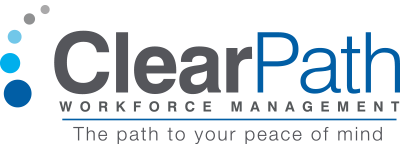Have you wondered how your Payroll Services Company arrives at a mark-up? What is included?
The Downside of Low Mark-up Payroll Service Providers
Most Employer of Record companies, also referred to as Payroll Service companies, charge for their services by multiplying a mark-up times the employee’s hourly rate. Many companies – perhaps even you – go in search for the best mark-up. Who doesn’t want the best rate, right?
Shopping for the lowest mark-up could get you in trouble when the mark-up charged is less than enough to cover statutory taxes and insurances. If a mark-up is too low, then it could indicate a number of potential risks.
Potential Risk #1
They aren’t paying their employer taxes
By law, every employer, including Payroll Service Providers, must cover the following taxes:
- Employer Social Security – 6.2% (in 2017 up to $127,200 in a calendar year)
- Medicare health Insurance – 1.45% (applied to all wages paid)
- Federal Unemployment – .6% (for first $7,000 of wages in a calendar year – could be higher in states that don’t get a credit)
- State Unemployment, which varies by state – .1% to 11.0514% (for first $7,000 to $45,000 wages in a calendar year)
The total percent just for these statutory taxes is in the range of 8.35% to 19.3%.
When companies don’t charge enough to cover employer costs, insurance, overhead and enough profit, they sometimes don’t pay their employer taxes as a way to increase cash flow. This works for a while until they are caught by the taxing agency.
One ClearPath client came to us after their payroll service provider had to change their bank account four times in a single year as the IRS caught up with them. In this particular case, the IRS kept impounding the service’s bank account and taking all their money. Even worse, employee paychecks kept bouncing from the lack of funds.
Agencies will pursue unpaid taxes and could come after the business that was the beneficiary of the employee’s work.
Potential Risk #2
They don’t have or have enough insurances
What else should be considered within the service’s markup?
Some insurances, such as Workers Compensation, are statutory. Other types of coverage are just prudent to have when conducting business. These include General, or Commercial Liability, Employment Practices Liability, Director and Officers, Errors & Omission, Crime, Cyber Security, and unowned automobile insurance. For extra protection, an Umbrella Policy is frequently obtained to increase limits over a number of these policies.
The cost of workers comp insurance is based on the type of work being done and how it is classified within the nature of the business. Each job position is assigned a workers comp code and applicable rate. This varies by state too. For example, for a clerical position ClearPath pays workers comp rates ranging from .05% to .792%, depending on the state.
As much as businesses would like to avoid co-employment, when there is a lawsuit, most lawyers will also name the business that was the beneficiary of the employee’s work. Without the proper insurances, you could be opening yourself up to this risk.
Potential Risk #3
They are paying the worker as a 1099 independent Contractor rather than a W-2 Employee
When a worker is paid as an independent contractor and not an employee, the employer doesn’t pay all the employer taxes as mentioned in Potential Risk #1. This provides significant tax savings, but opens up a huge level of exposure for the payroll provider as well the business using them.
We estimate that for every dollar paid out to an independent contractor who is misclassified and caught (when they should be a W-2 employee), there is another 70 to 75 cents that could be assessed in taxes, penalties, and fines. This doesn’t include additional liabilities due to wage and hour violations, statutory benefits not paid, or the cost of going through an agency audit.
For more information on this topic, click here, where you will also find a helpful checklist.
Tips When Shopping for the Best Mark-up Payroll Services Provider
When you’re shopping for the best mark-up, looking at Payroll Services Provider margins, consider…
- what it would cost to employ the worker
- an overhead rate to cover business expenses, and
- a reasonable profit.
If your Employer of Record service doesn’t charge enough to cover these costs within their margin, including profit, you’re on borrowed time before they go out of business, or drag you down with them.
Our focus at ClearPath is to protect you and your business from costly mistakes. Call us today if we can be of service and help you onto a path for your peace of mind.
Have a wonderful day!
- Written by: Karen Baldock
- Posted on: May 2, 2017
- Tags: 1099 Worker Classification, Employer of Record Mark-up, Payroll Service, Payroll Service Markup, Payroll Services Margins, Services Mark-ups

